Home>Interior Design>Organizing A Garage: 10 Expert Ways To Keep Clutter In Check
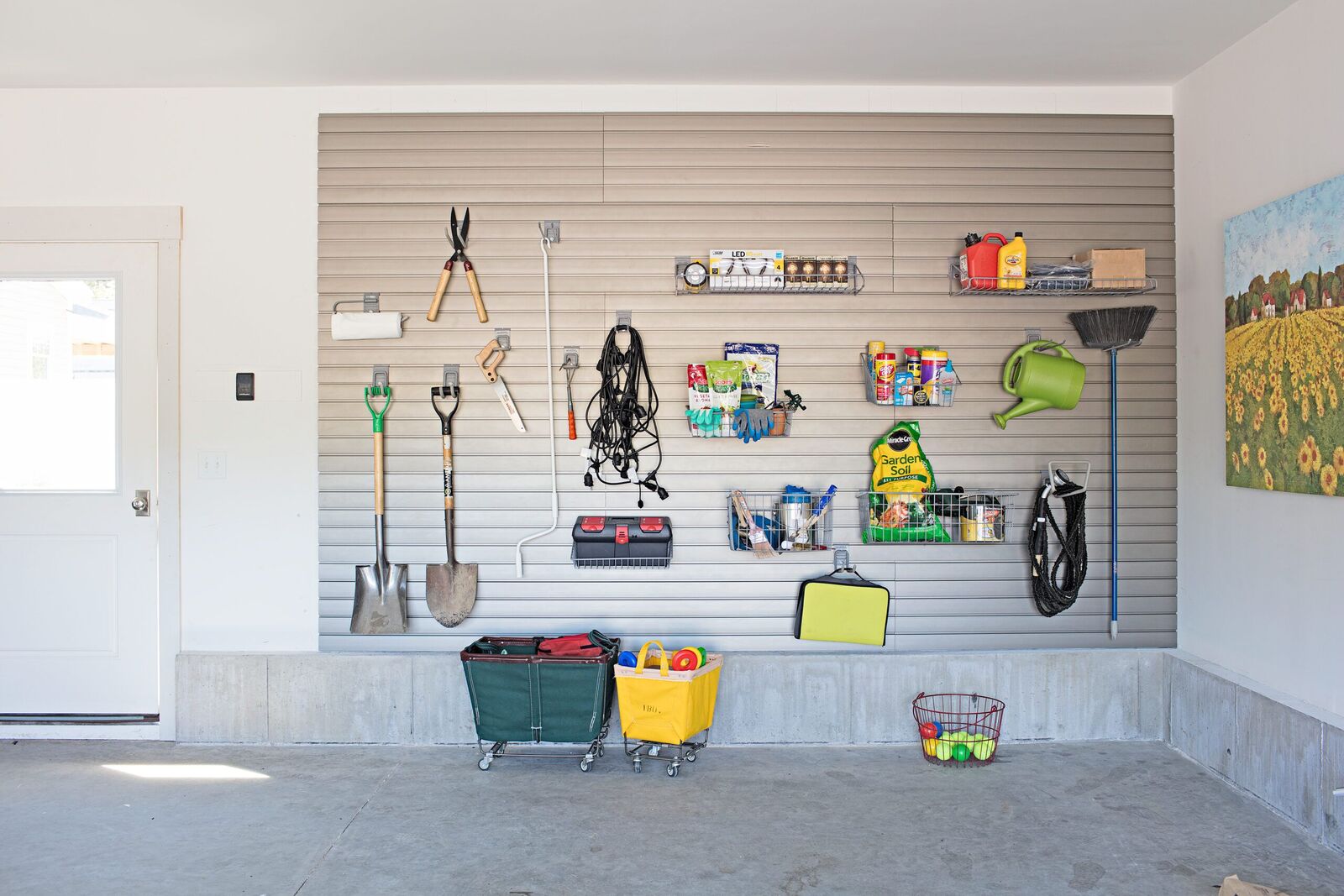

Interior Design
Organizing A Garage: 10 Expert Ways To Keep Clutter In Check
Modified: January 19, 2024
Discover 10 expert tips for interior design to effectively organize and maintain a clutter-free garage, ensuring a well-organized and functional space.
(Many of the links in this article redirect to a specific reviewed product. Your purchase of these products through affiliate links helps to generate commission for Storables.com, at no extra cost. Learn more)
Introduction
Are you tired of stepping over piles of tools and boxes every time you enter your garage? Does the thought of finding a specific item buried in the clutter fill you with dread? If so, it’s time to take control of your garage organization and transform it into a functional and tidy space. In this article, we will explore 10 expert ways to keep clutter in check and organize your garage efficiently.
Organizing a garage may seem like a daunting task, but with the right approach and a bit of planning, you can turn your chaotic storage space into an organized oasis. Not only will this make it easier to find what you need when you need it, but it will also free up valuable space and improve overall safety.
So, let’s get started on the journey towards a streamlined and clutter-free garage!
Key Takeaways:
- Transform your cluttered garage into an organized oasis by clearing out clutter, categorizing items, and creating functional zones. Utilize wall space, overhead storage, and labeling for an efficient and clutter-free garage.
- Implement regular maintenance and decluttering routines to maintain an organized garage. Maximize vertical storage with pegboards and utilize cabinets and storage units for a clean and streamlined appearance.
Read more: How To Organize A Cluttered Garage
Clearing Out the Clutter
The first step in organizing your garage is to clear out all the clutter. Start by emptying the entire space, taking everything out and placing it in a designated area. This will help you assess the items you have and give you a fresh canvas to work with.
As you go through each item, ask yourself some important questions. Is it something you use regularly? Is it in good condition? Does it hold sentimental value? If the answer is no to any of these questions, it may be time to part ways with the item. Donate, sell, or discard anything that is no longer needed or functional.
Sorting through the clutter can be overwhelming, so break it down into manageable tasks. Start with one corner or section of the garage and work your way around systematically. This will help you stay focused and prevent you from feeling overwhelmed.
Additionally, consider creating separate piles for different categories of items, such as tools, sports equipment, gardening supplies, and holiday decorations. This will make it easier to organize and store them later on.
Remember, the goal is to create a clutter-free space, so be ruthless in your decluttering process. Letting go of unnecessary items will not only free up space but also make it easier to keep your garage organized in the long run.
Categorizing and Sorting Items
Once you have cleared out the clutter from your garage, it’s time to categorize and sort the remaining items. Categorization is crucial for efficient organization, as it allows you to locate items quickly and easily when you need them.
Start by grouping similar items together. For example, gather all the tools in one area, sports equipment in another, and so on. This will help you identify how much storage space you need for each category and determine the most logical placement for them.
As you sort through each category, evaluate the condition of the items. Are they in good working order, or do they need repairs or replacements? Separate any items that are damaged or no longer functional so you can address them later.
When categorizing, consider the frequency of use. Place frequently used items in easily accessible areas, while less-used items can be stored in less convenient spots. For example, if you use your gardening tools regularly, keep them near the entrance of the garage for quick access.
Labeling is an essential part of the sorting process. It ensures that you and others can easily identify the contents of each container or shelf. Use clear, legible labels on bins, boxes, and shelves to indicate the category of items they contain. This will save you time and effort in the future when you are searching for something specific.
Don’t forget to consider the weight and size of the items when sorting. Heavier items should be stored at lower levels to prevent accidents and injuries. If you have large or bulky items, allocate enough space to accommodate them without overcrowding the garage.
By categorizing and sorting your items, you create a system that makes it easier to locate and access what you need. This step sets the foundation for an organized and functional garage.
Creating Zones for Different Functions
Creating functional zones in your garage is a key strategy for efficient organization. By designating specific areas for different functions, you can streamline your workflow and make it easier to find and access the items you need.
Start by assessing the activities that take place in your garage. Common functions may include vehicle maintenance, gardening, woodworking, and storage. Divide your garage into zones based on these activities, ensuring that each zone is dedicated to a specific purpose.
For example, set up a zone near the entrance for tools and equipment related to car maintenance. This could include items like wrenches, socket sets, and oil bottles. Keep these items easily accessible so you can quickly grab them when needed.
Create a gardening zone near windows or natural light sources. This area can house your gardening tools, pots, soil, and other supplies. Consider installing a pegboard or wall-mounted organizer to keep your tools organized and within reach.
If you have a passion for DIY projects or woodworking, designate a zone with a sturdy workbench and storage for your tools, power tools, and materials. Ensure that this area has ample space and good lighting for comfortable and safe work.
Storage zones are crucial for miscellaneous items and seasonal decorations. Use sturdy shelves or storage cabinets to keep bins and boxes neatly organized. Label each container clearly so you can easily identify its contents without rummaging through multiple boxes.
Creating zones in your garage not only improves organization but also enhances safety. Placing similar items together and keeping them in designated areas reduces the risk of accidents and allows for a more efficient workspace.
Remember, the key to successful zoning is to think strategically about the activities that occur in your garage and allocate space accordingly. It may take some trial and error to find the most efficient setup, but once you do, you’ll wonder how you ever lived without it.
Utilizing Wall Space with Shelves and Hooks
When it comes to maximizing storage in your garage, don’t neglect the valuable real estate on your walls. Utilizing wall space with shelves and hooks is a smart and efficient way to keep your garage organized.
Wall-mounted shelves provide a convenient solution for storing items such as paint cans, cleaning supplies, and smaller tools. Opt for sturdy, adjustable shelving units that can accommodate different sizes and weights of items. This allows for flexibility in arranging and rearranging your storage as needed.
Consider using clear storage bins or baskets on your shelves to group and contain smaller items. This not only keeps things organized and easily accessible but also prevents them from getting lost or buried in larger containers.
Hooks are another essential component of utilizing wall space effectively. Install hooks to hang larger tools, such as shovels, rakes, and brooms. This keeps them off the ground, making them more visible and accessible. You can also use hooks to hang bikes, ladders, and other bulky items.
Make use of vertical space by installing pegboards on your walls. Pegboards are versatile and can accommodate a wide range of tools. Mount pegboards near your workbench or in any area where tools are frequently used. Hang your tools on hooks or use pegboard accessory holders to keep them organized and within reach.
When installing shelves, hooks, and pegboards, consider the weight capacity of the wall and use appropriate hardware to secure them securely. It’s essential to follow proper installation guidelines to ensure durability and safety.
By utilizing wall space with shelves and hooks, you maximize storage while keeping your garage tidy and organized. You effectively free up floor space, making it easier to navigate and maintain a clutter-free environment.
So, take advantage of your garage walls and transform them into an efficient storage solution for all your belongings.
Installing Cabinets and Storage Units
If you have the budget and space, installing cabinets and storage units in your garage can revolutionize your organization efforts. Cabinets provide enclosed storage, keeping items out of sight and giving your garage a clean and streamlined appearance.
First, assess your storage needs and the available space in your garage. Determine the size and number of cabinets or storage units that will work best for your specific requirements.
When selecting cabinets, opt for ones that are sturdy and durable, capable of withstanding the demands of a garage environment. Look for cabinets made from materials like metal or heavy-duty plastic, as these are built to withstand rough handling and can handle the weight of your stored items.
Consider cabinets with adjustable shelves to accommodate various item sizes and maximize storage capacity. This flexibility allows you to customize the cabinet’s interior to suit your specific needs.
Storage units, such as freestanding shelving systems, are also an excellent option for organizing your garage. They are versatile, easy to assemble, and can hold a significant amount of items. Look for units with adjustable shelves to accommodate items of different heights.
One advantage of using cabinets and storage units is that you can lock them, providing an extra layer of security for valuable or hazardous items. This is especially important if you store tools, chemicals, or other potentially dangerous materials in your garage.
As you install cabinets and storage units, consider the layout of your garage and the flow of movement. Arrange them in a way that allows for easy access to items and doesn’t obstruct pathways or work areas.
Take the time to organize the items within your cabinets and storage units, using bins, trays, or dividers, if necessary. This will help to keep everything in its place and prevent items from becoming disorganized over time.
Installing cabinets and storage units in your garage provides a designated space for items, reduces clutter, and increases the functionality of the space. It’s an investment that will pay off in the long run as you enjoy a well-organized and efficient garage.
Use vertical storage to maximize space in your garage. Install shelves, hooks, and pegboards to keep items off the floor and easily accessible.
Maximizing Vertical Storage with Pegboards
When it comes to optimizing storage in your garage, few solutions are as versatile and efficient as pegboards. These simple yet effective organizational tools allow you to maximize vertical space and keep your frequently used tools easily accessible.
Pegboards are typically made of perforated hardboard or metal and feature a grid of evenly spaced holes. By attaching hooks, brackets, and holders to the pegboard, you can hang and organize a wide variety of tools and equipment.
One of the major advantages of pegboards is their flexibility. The pegboard hooks and accessories can be easily rearranged, allowing you to customize your storage based on your specific needs. Whether you want to hang hand tools, power tools, gardening equipment, or even craft supplies, pegboards can accommodate them all.
To make the most of your pegboard, start by placing it in a convenient location in your garage, such as near a workbench or frequently used tools. Ensure that it is properly mounted to the wall for stability and durability.
Next, assess your tool collection and determine the best arrangement on the pegboard. Sort your tools by size and type, and select hooks and holders that can accommodate the various items. Attach the hooks and holders to the pegboard, making sure they are secure and can support the weight of the tools.
Hang your tools on the pegboard in an organized and visually appealing manner. Arrange them according to frequency of use or by category, making it easy for you to find and grab the tools you need at any given time.
Don’t limit your use of the pegboard to just tools. You can also hang small bins or baskets to hold smaller items like screws, nails, or other hardware. Consider adding shelves to the pegboard for additional storage space.
Maximizing vertical storage with pegboards not only keeps your garage organized but also makes efficient use of space. By utilizing the vertical wall space, you free up valuable floor space, allowing for easier movement and reducing the risk of accidents caused by tripping over clutter.
Investing in pegboards and properly organizing your tools will save you time and frustration in the long run. You’ll no longer have to dig through drawers and rummage through boxes to find the right tool. Everything will be easily visible and within reach.
Utilizing Overhead Storage Solutions
When it comes to maximizing storage space in your garage, don’t overlook the potential of overhead storage solutions. Utilizing the ceiling and upper areas of your garage can provide a valuable storage solution for items that are used less frequently or are bulky in nature.
Overhead storage systems come in various forms, such as ceiling-mounted racks, shelves, or platforms. These systems make use of the vertical space above your vehicles or other items, allowing you to store belongings safely and efficiently.
Prior to installing an overhead storage solution, consider the weight capacity of your garage ceiling. Ensure that it is sturdy enough to support the storage system and the weight of the items you intend to store. If needed, consult a professional to assess the structural integrity of your garage.
Once you have confirmed the suitability of your ceiling, determine the type of overhead storage solution that aligns with your needs. Ceiling-mounted racks are ideal for bulky items like seasonal decorations, camping gear, or sports equipment. These racks hang from the ceiling and can be easily accessed using a ladder or step stool.
For smaller items or items that need to be accessed more frequently, consider installing overhead shelves. These shelves can be fixed to the ceiling and provide a stable platform for storing bins, boxes, or other containers. Be sure to label and organize the items on the shelves for easy retrieval.
When utilizing overhead storage solutions, it is important to prioritize safety. Ensure that heavy items are stored securely and evenly distributed to avoid any imbalances or risks of falling. Additionally, take caution when retrieving items from overhead storage, using a ladder or appropriate equipment to reach safely.
Overhead storage solutions are particularly beneficial for freeing up floor space in your garage. By taking advantage of the vertical space, you can declutter your garage and create a more open and organized environment.
Remember to plan your overhead storage effectively, considering the accessibility and convenience of each item. Store frequently used items within easy reach, while items used less frequently can be placed further away.
Utilizing overhead storage solutions can significantly enhance the functionality of your garage and provide ample additional storage space. So go ahead and make the most of the unused space above and keep your garage floor clear and clutter-free.
Labeling and Organizing Containers
One of the key aspects of maintaining an organized garage is ensuring that your containers are labeled and organized. Proper labeling allows you to quickly find what you need without having to search through multiple boxes or bins. It also helps you to maintain the organized system you have created.
Start by selecting durable, clear containers that are the appropriate size for the items you will be storing. Transparent containers make it easy to see the contents without having to open them. It’s also helpful to choose containers that are stackable, as this maximizes vertical space in your garage.
Before placing items into the containers, categorize and sort them according to their function or type. For example, group similar tools together, separate seasonal decorations, and keep sports equipment in its designated category.
Once you have sorted the items, label each container accordingly. Use clear and legible labels that identify the contents of each container. You can use a labeling machine, adhesive labels, or even write directly on the container itself. Make sure the labels are prominently displayed and easily readable.
Consider using color-coding techniques to further enhance organization and efficiency. Assign different colors to each category or type of items. For example, all gardening supplies could be assigned the color green, while automotive tools could be assigned the color blue. This visual cue allows for easier identification of items, especially when you have numerous containers.
Organizing the containers within your storage area is equally important. Place the containers systematically, ensuring that similar categories are grouped together. This will make it easier to locate specific items when needed.
When stacking containers, keep heavier items at the bottom and lighter items on top. This helps to prevent the containers from toppling over and ensures the stability of the stack. Avoid stacking the containers too high, as this can make it difficult to access items stored in the lower containers.
Regularly review and update your labeling system as needed. As you acquire new items or reorganize your garage, make corresponding changes to the labels to maintain accuracy. This will prevent any confusion or frustration when you are searching for a particular item.
Labeling and organizing your containers may take some time upfront, but it is an investment that pays off in the long run by saving you time and energy. With a well-labeled system, you can easily find what you need and keep your garage in order.
Implementing a Maintenance Routine
While organizing your garage is a great first step, maintaining its cleanliness and organization is equally important. To ensure that your hard work doesn’t go to waste, it’s essential to implement a regular maintenance routine for your garage.
Start by setting aside dedicated time on a regular basis to clean and tidy up your garage. You may choose to do this once a month, every few months, or as needed based on your usage and the level of activity in your garage.
During your maintenance routine, begin by clearing any clutter or items that have accumulated since your last cleaning. Put away any tools, equipment, or materials that may have been left out or misplaced. Return items to their designated zones and containers, ensuring everything is in its proper place.
Next, give your garage a thorough cleaning. Sweep or vacuum the floors, paying attention to corners and hard-to-reach areas. Wipe down surfaces, shelves, and workbenches to remove dust and dirt. If necessary, wash windows and doors to enhance natural light and visibility.
While you clean, take the opportunity to assess the condition of your items and containers. Look for any signs of damage or wear, such as broken tools or cracked storage bins. Replace or repair any items as needed to maintain the functionality and effectiveness of your storage system.
Additionally, during your maintenance routine, check for any pests or signs of infestation. Garage spaces can be particularly attractive to pests like rodents or insects, so it’s important to address any issues promptly to protect your belongings. Set traps or call a professional exterminator if necessary.
Lastly, review your labeling system and make any updates or changes as required. Over time, you may find that certain categories require adjustment or further subcategorization. This will ensure that your labels accurately reflect the contents of each container and maintain the efficiency of your organization system.
By implementing a regular maintenance routine, you can prevent clutter from accumulating and maintain the order and functionality of your garage. It keeps your space clean, safe, and ready for use whenever you need it.
Decluttering Regularly
Decluttering regularly is the key to maintaining an organized and functional garage. Over time, items can accumulate, and clutter can easily build up if not addressed consistently. By incorporating regular decluttering sessions into your routine, you can keep your garage organized and prevent it from becoming overwhelmed with unnecessary items.
Set a schedule for decluttering your garage. Depending on your needs and the level of activity in your garage, this could be quarterly, semi-annually, or annually. Consistency is key, so stick to your schedule and make it a priority.
During each decluttering session, follow a systematic approach. Start by assessing each item in your garage and ask yourself some critical questions. Have you used the item in the past year? Does it hold sentimental value or serve a practical purpose in your life? If not, it may be time to let go.
Sort items into categories: keep, donate, sell, or discard. Be honest with yourself and avoid holding onto items out of guilt or the mindset of “maybe I’ll need it someday.” Remember, the goal is to create a more organized and clutter-free space.
When deciding what to keep, consider functionality, frequency of use, and available storage space. Ensure that the items you keep are truly necessary and have a specific place in your garage. This will help you maintain an efficient system and prevent further clutter accumulation.
Donate or sell items that are still in good condition but no longer needed or used. This not only helps you declutter but also benefits others who may find value in those items. It’s a win-win situation that allows you to give back while creating space in your garage.
Discard any items that are broken, damaged, or no longer usable. This includes expired chemicals, old paint cans, or worn-out tools. Dispose of these items according to local guidelines and regulations, ensuring proper disposal methods are followed.
Once you have decluttered and sorted your items, take the opportunity to reorganize and reassess your storage systems. Ensure that everything has a designated home in the garage and is stored in an organized manner. Make adjustments as needed to optimize space and functionality.
Remember, decluttering is an ongoing process, and it’s not something to be done once and forgotten. By incorporating regular decluttering sessions into your routine, you can keep your garage organized, functional, and free from unnecessary items.
So, make decluttering a part of your lifestyle and enjoy the benefits of an organized and clutter-free garage.
Conclusion
Organizing your garage is a worthwhile endeavor that not only enhances the functionality of the space but also reduces stress and increases efficiency. By implementing the expert tips outlined in this article, you can transform your cluttered garage into a well-organized and functional oasis.
Start by clearing out the clutter, categorizing and sorting items, and creating dedicated zones for different functions. Utilize the wall space with shelves and hooks, and consider installing cabinets and storage units. Maximize vertical storage with pegboards, and make use of overhead storage solutions.
Labeling and organizing containers will help you quickly locate items and maintain an efficient system. Implementing a maintenance routine ensures that your garage remains tidy and organized over time. And finally, regular decluttering sessions prevent unnecessary items from accumulating and keep your garage clutter-free.
Remember, organization is an ongoing process, and it requires consistency and commitment. Regularly review and update your garage organization system to accommodate any changes or new additions. Keep up with maintenance and decluttering to prevent the reemergence of clutter.
An organized garage not only improves functionality but also enhances safety. You’ll have more space to work and move around, reducing the chances of accidents or injuries caused by stumbling over cluttered items.
So, take the necessary steps to transform your garage into an organized and efficient space. Embrace the expert tips shared in this article and tailor them to fit your specific needs and preferences. With a well-organized garage, you’ll save time, reduce stress, and enjoy the benefits of a clean and functional space.
Get started today and regain control over your garage!
Frequently Asked Questions about Organizing A Garage: 10 Expert Ways To Keep Clutter In Check
Was this page helpful?
At Storables.com, we guarantee accurate and reliable information. Our content, validated by Expert Board Contributors, is crafted following stringent Editorial Policies. We're committed to providing you with well-researched, expert-backed insights for all your informational needs.
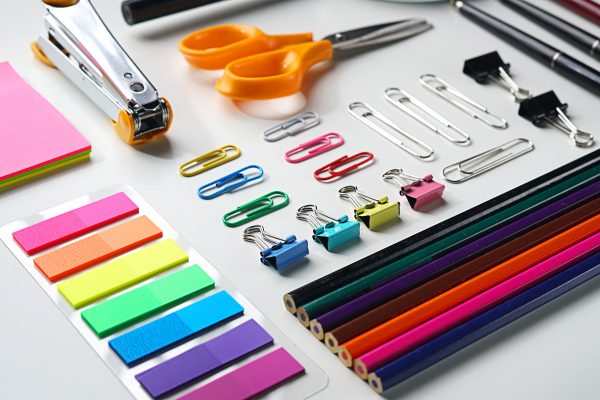
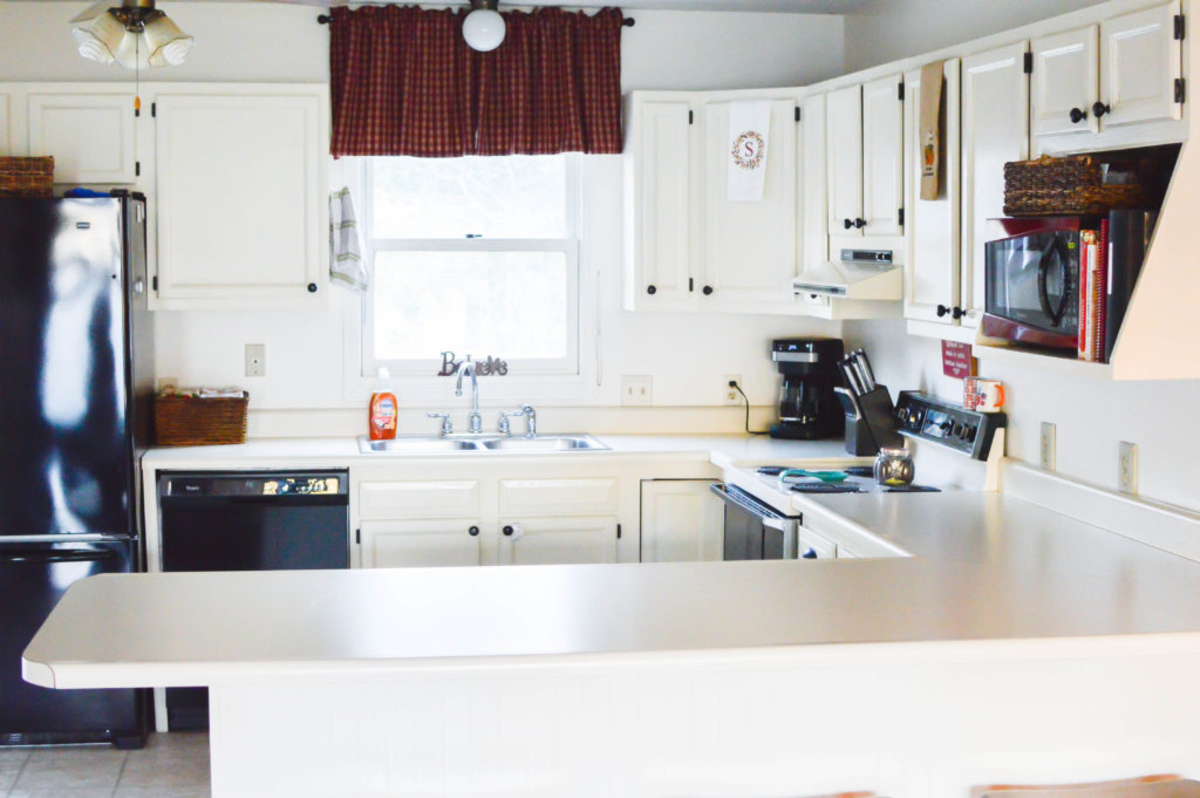

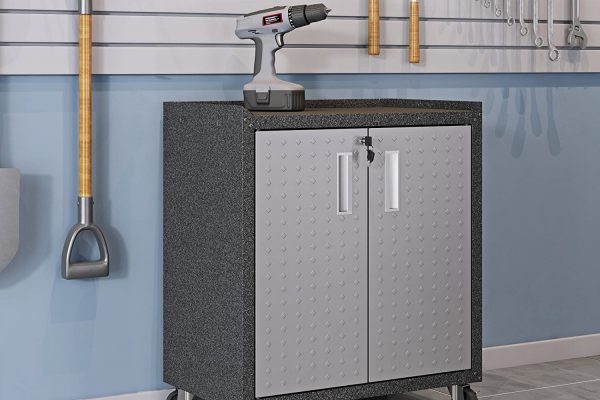
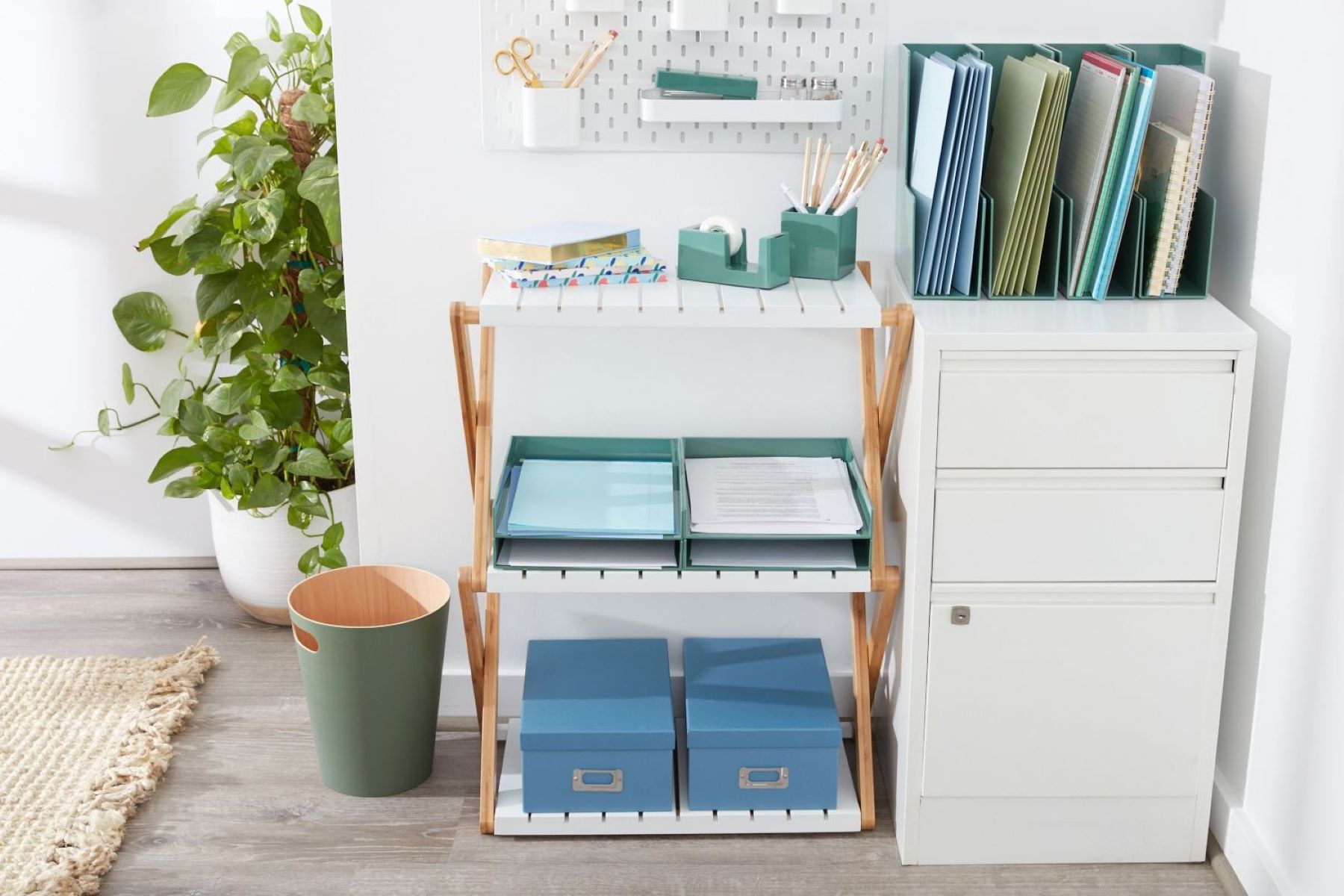
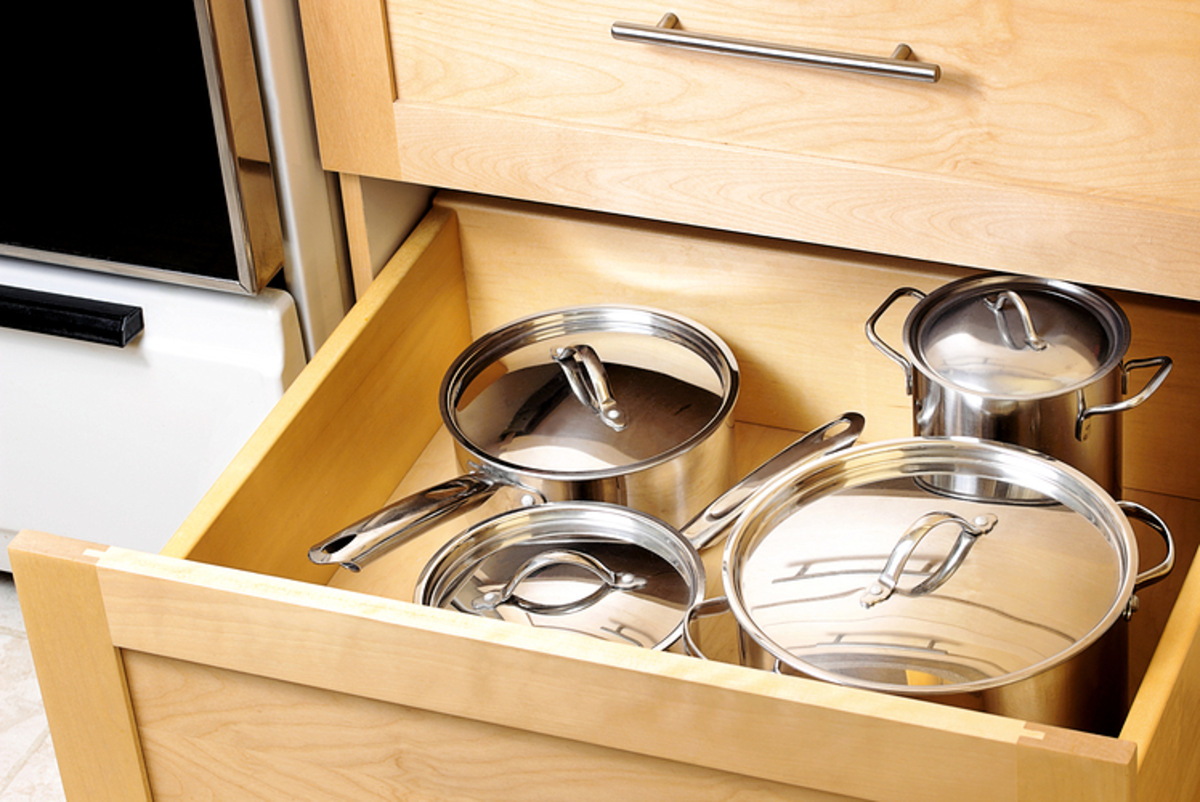


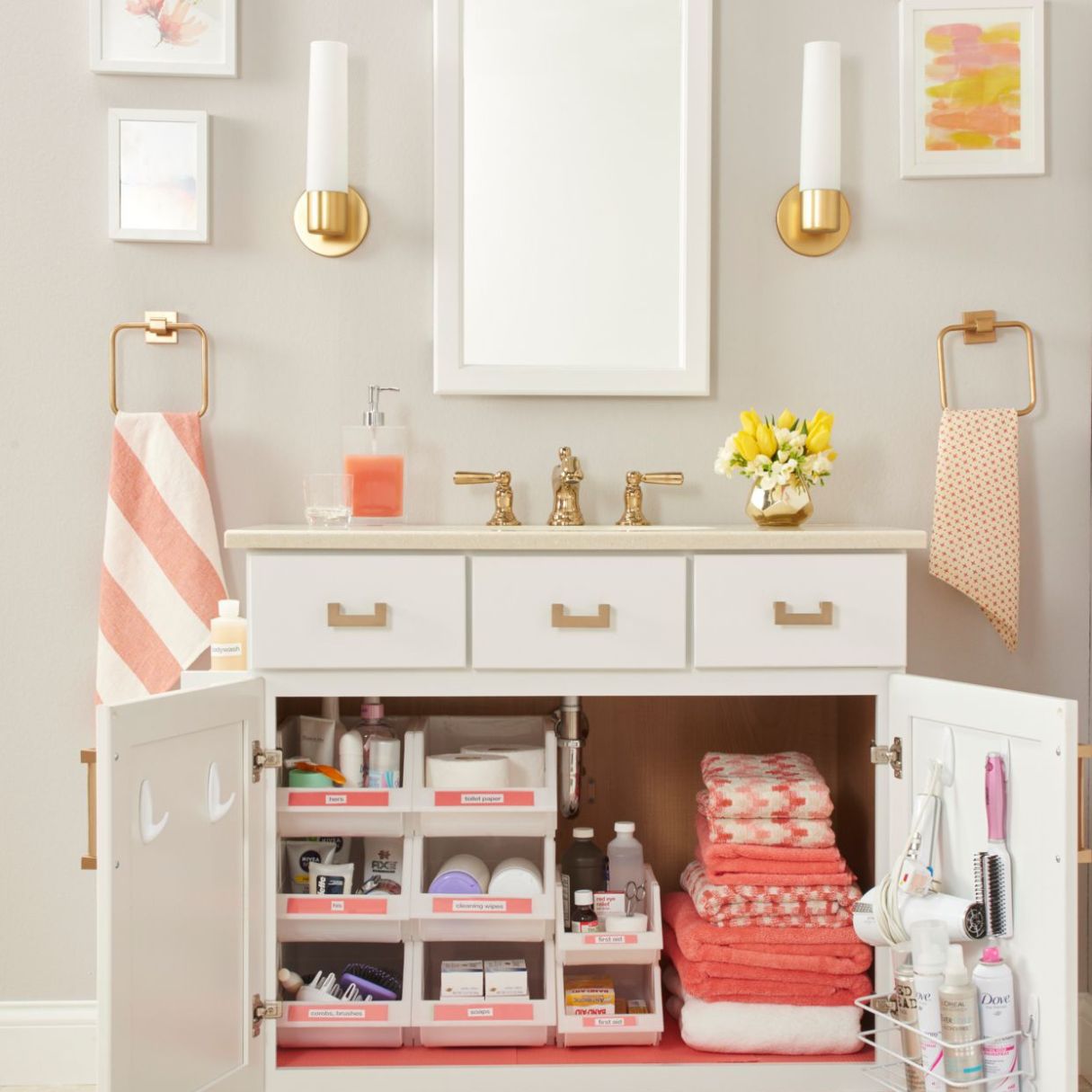
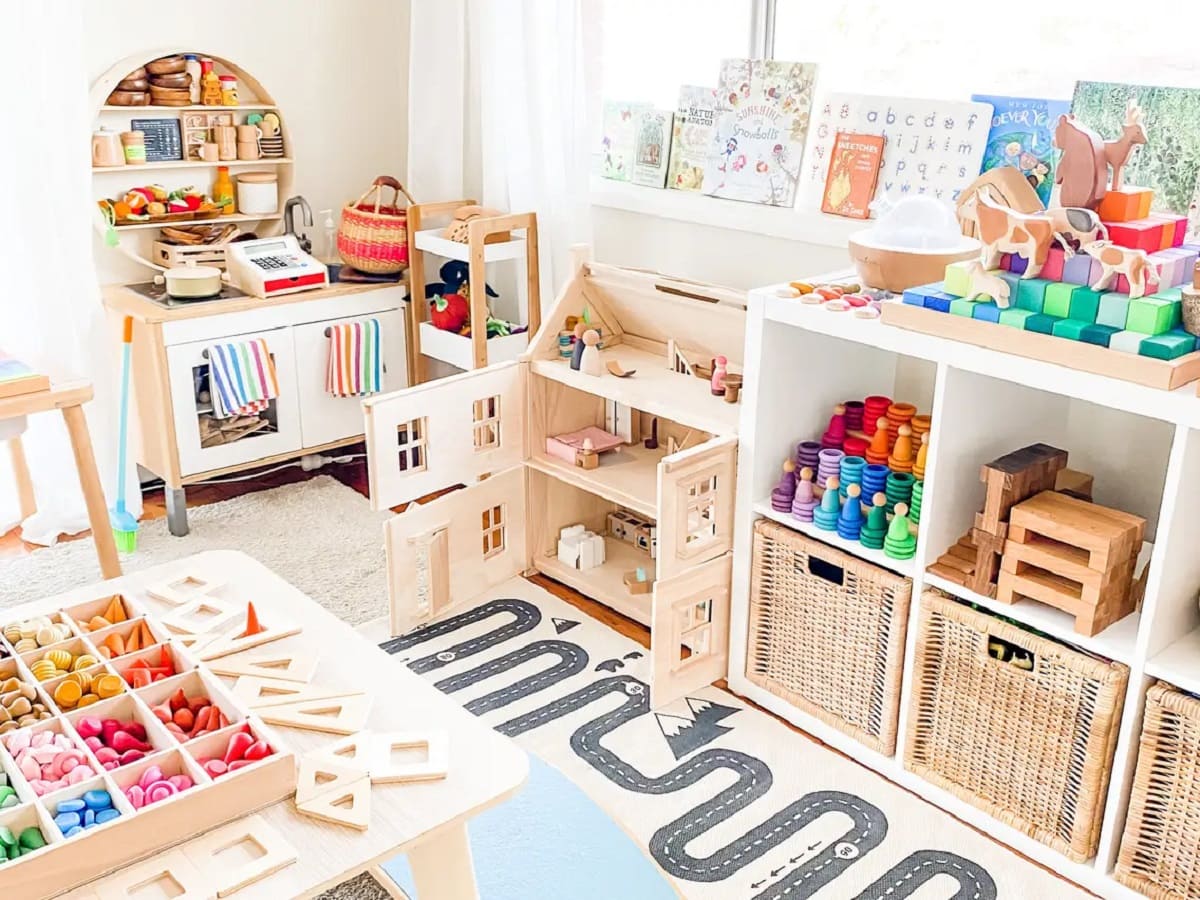
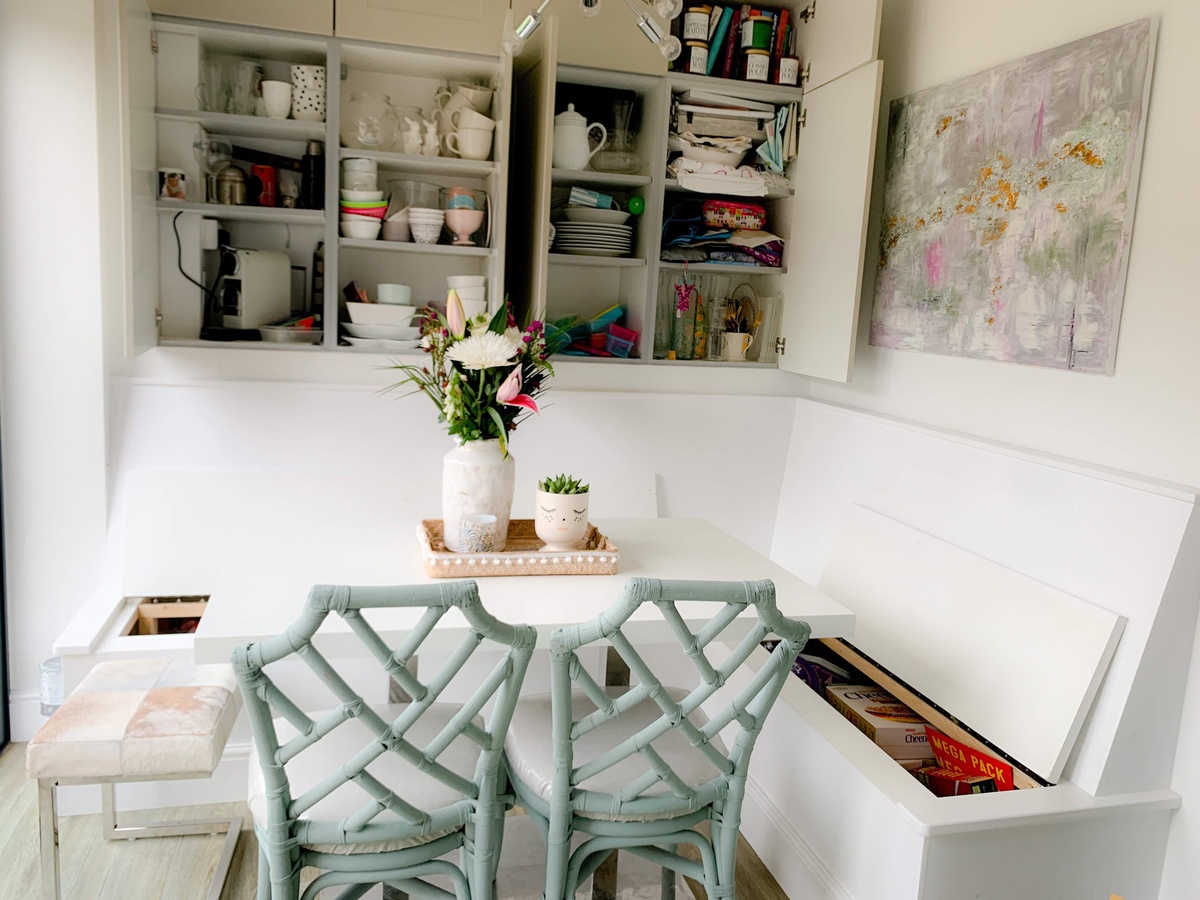
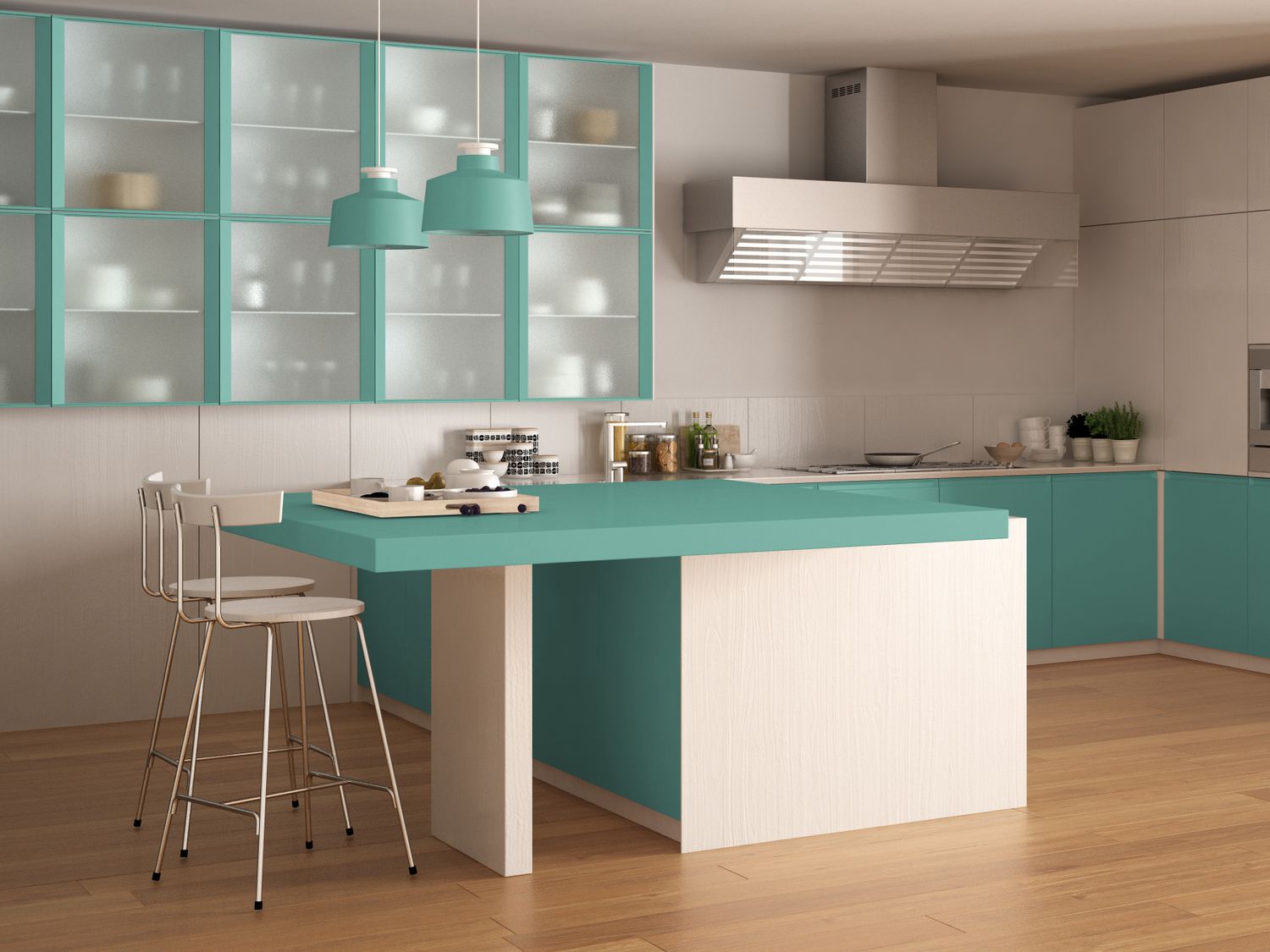
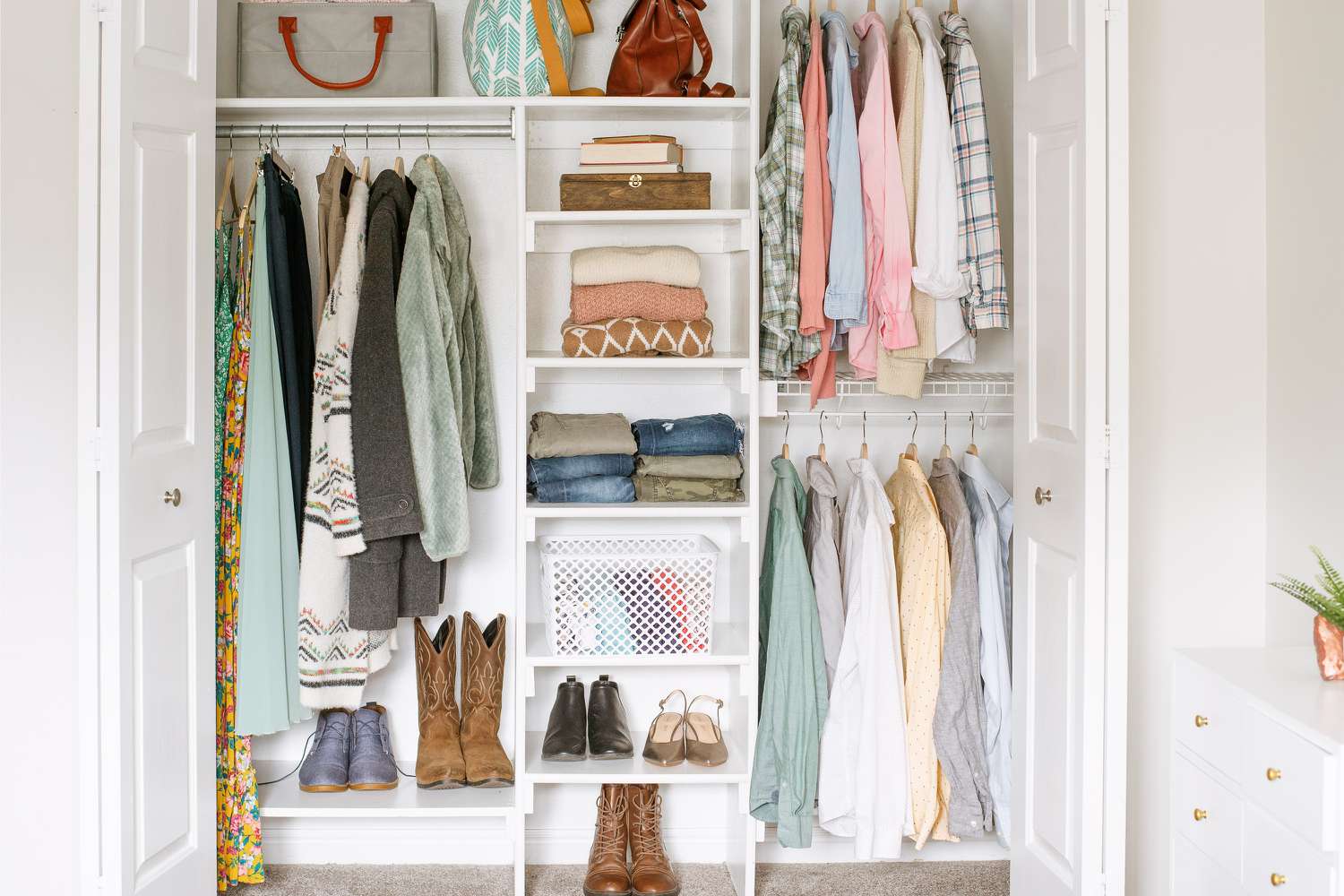

0 thoughts on “Organizing A Garage: 10 Expert Ways To Keep Clutter In Check”